The FIRST Act: What Is It and How Can It Help Small Businesses?
The Fostering Innovation and Research to Strengthen Tomorrow (“FIRST”) Act was proposed by Rep. Jackie Walorski, a Senior Member of the House Ways and Means Committee. The purpose of this legislation would be to boost investment in innovation and expand access to tax credits for small business startups by doubling the Research and Development (“R&D”) tax credit. This would be done by amending the Internal Revenue Code of 1986 to increase certain aspects of how the R&D credit is calculated.
The R&D credit was enacted in 1981. When it was first passed it needed to be renewed each year. At the end of 2015, it was made permanent by the Protecting Americans from Tax Hikes (“PATH”) Act. The credit incentivizes companies who are doing innovative work in the United States. To find out if your company qualifies, visit the industries tab for more information specific to your industry.
How is the Credit Currently Calculated?
Currently, the credit can be calculated in 3 different ways, depending on a company’s financial information and years in business. The FIRST Act proposes changing the way the credit is calculated in order to provide more credit for businesses that qualify.
There are 3 different calculations for the R&D credit.
Regular Research Credit Calculation: This method takes 20% of a company's current year qualified research expenses (“QREs”) over a base amount. The base amount is calculated using the four most recent years’ average gross receipts, and financial data from 1984 - 1988 if the company existed during that time.
Alternative Simplified Credit (“ASC”) Calculation: This method takes 7% of QREs incurred in the current tax year, above 50% of the average QREs in the previous three years
For companies who do R&D activity for the past 3 years, the credit is calculated by taking 6% of the current year’s QREs.
What are the Proposed Amendments?
This piece of legislation would change the 20% in the Regular Research Credit calculation to 40%, the 14% in the ASC calculation from 14% to 28% in order to double the potential credit amount. Lastly, for companies without 3 years of history, the 7% would change to 14% percent in order to double the potential credit amount.
What Does This Mean for Small Businesses? - Probity Tax Recovery’s Perspective
We are excited about the potential for a stronger R&D credit for US businesses but we still need to see a repeal of the amortization-only requirement for research expenditures.
Too many companies are forced to offshore development work because it is more cost effective to spend less on foreign labor than claim a small tax credit. A larger tax credit would help keep critical tech and manufacturing jobs in the US. However, doubling the current R&D credit won’t undo the increased tax rates businesses will see resulting from the Tax Cuts and Jobs Act of 2017’s elimination of immediate deduction of research and experimental expenditures starting in 2022.
We always want to see Congress do more for small and mid-sized businesses. Increasing the amount of R&D credits these companies receive is not enough, but it’s a start.
